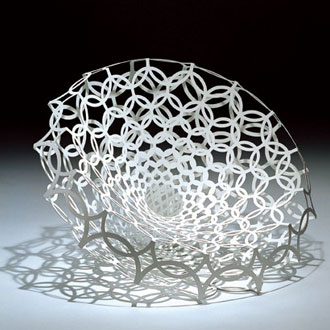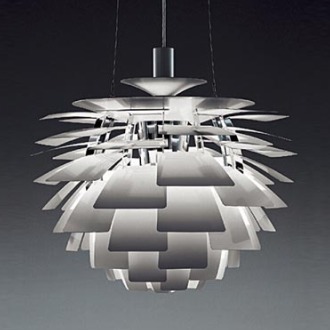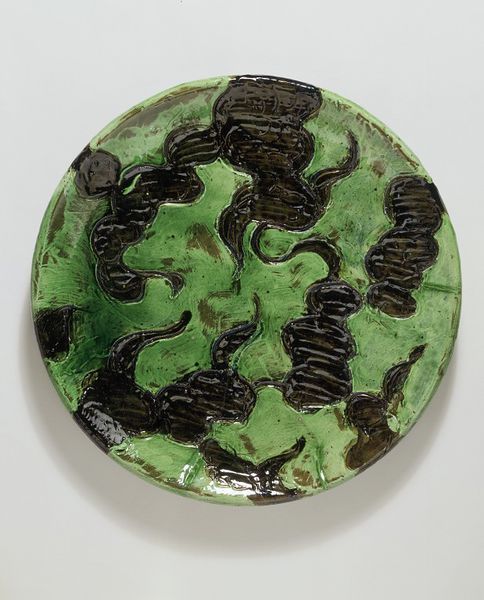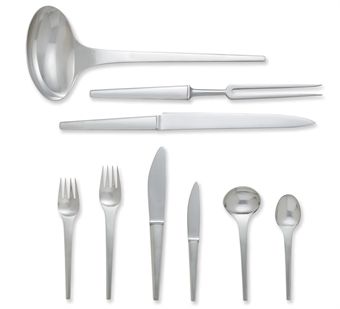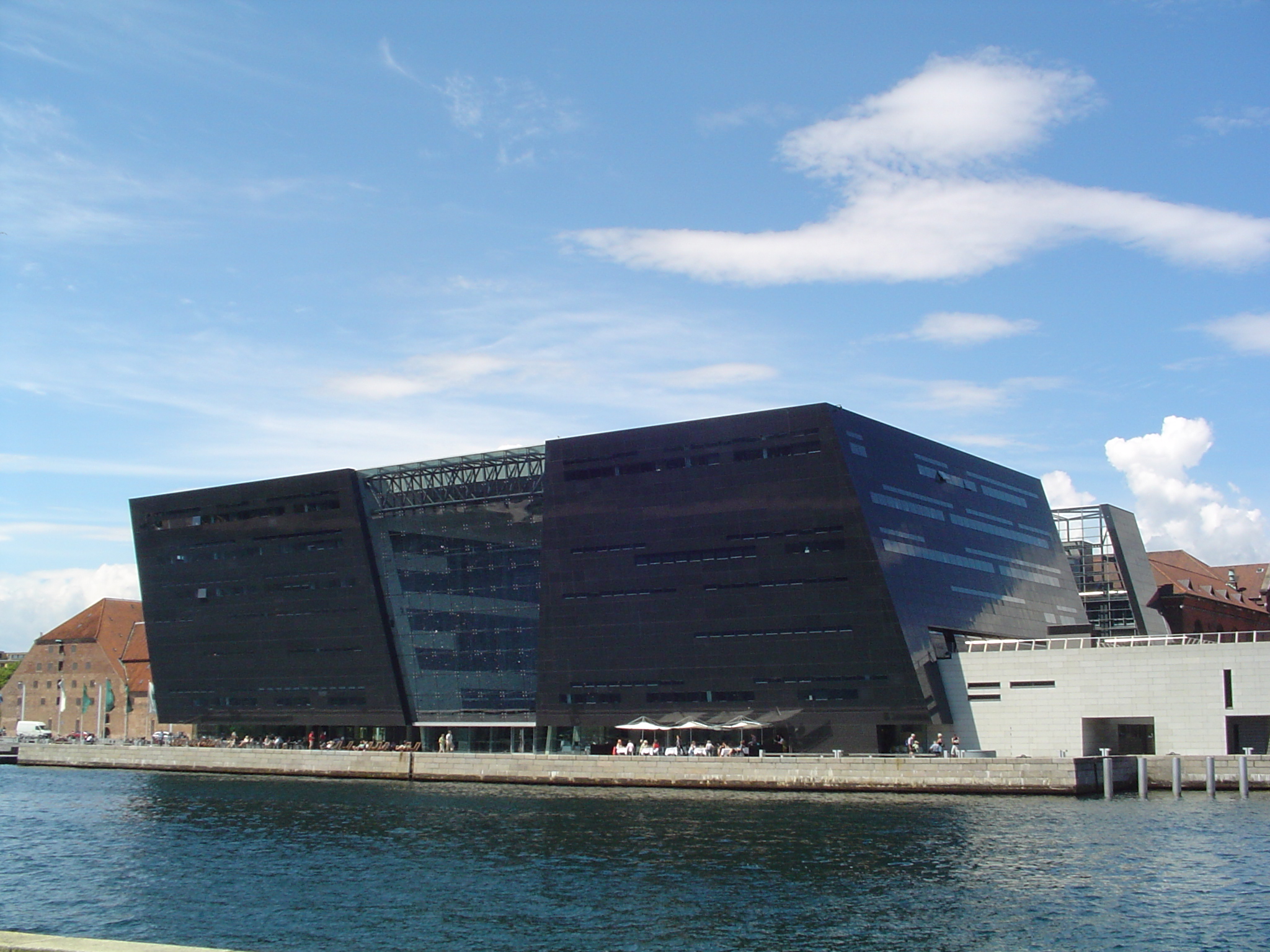The very first paragraph of "Walk the Plank," in which the project itself is described, Nygaard and Dickson explain that the pieces of furniture created by the designer/cabinet maker pair will be displayed at the Kunstindustrimusseum. Now, I understand that this project is coming out of the museum and that the museum's status provides the event with a level of prestige that would be otherwise difficult to attain. Nevertheless, I can't help but think that this institutionalized context contradicts the project's intentions of reuniting design and manufacturer in a real world context.
 Bille goes Zen Chair, designed by Louise Campbell for Walk the Plank 2003
Bille goes Zen Chair, designed by Louise Campbell for Walk the Plank 2003http://www.louisecampbell.com/uploads/images/work_images/furniture/billiegoeszen_01.jpg
Despite this criticism, I was intrigued by the concept of design as a form of communication. This communication is a cross discipline attempt to intervene with social systems to create the most influential changes in everyday life. Going off of the idea that artists are the ones who are most able to imagine creative solutions to society's problems and that designers are dedicated to the creation of functional products, the concept of making the design process into a form of communication that unites artists and designers with manufacturers, scientists, and engineers to solve the worlds most complicated problems sounds like a brilliant idea.
The article highlights Superflex, a group of Danish artists that works at creating creative solutions to economic and environmental problems in developing countries. Superflex has created a biogas plant for countries such as Ecuador and Tanzania that produces cheap and transportable energy from manure. The design is functional and practical and creative. But what struck me is that the Arken Museum for Modern Art purchased the biogas plant for it's permanent collection. Which brings me back to the first reading and Møllers assertion that design should be be in museums and instead in the real world.
 Superflex's Biogas in the Arken Museum
Superflex's Biogas in the Arken Museumhttp://www.superflex.net/tools/supergas/users/pics/arken02.jpg
Now, I looked up Superflex, and it appears as if they have several biogas systems working in different countries, so in this way, the designs are working in the real world. And we can hope that the original biogas system now in the Arken collection will educate more people about the usefulness (and importance) or art and design for solving everyday problems. Similarly, the Walk the Plank project will only be successful if the money it gives to designers is used to create designs that are similarly concerned about the future, connect to larger systems, and focus on communicative efforts. Therefore, design can have a place in museums, but only if museums are similarly involved in this process of making art and design a broader and more interconnected discipline.

